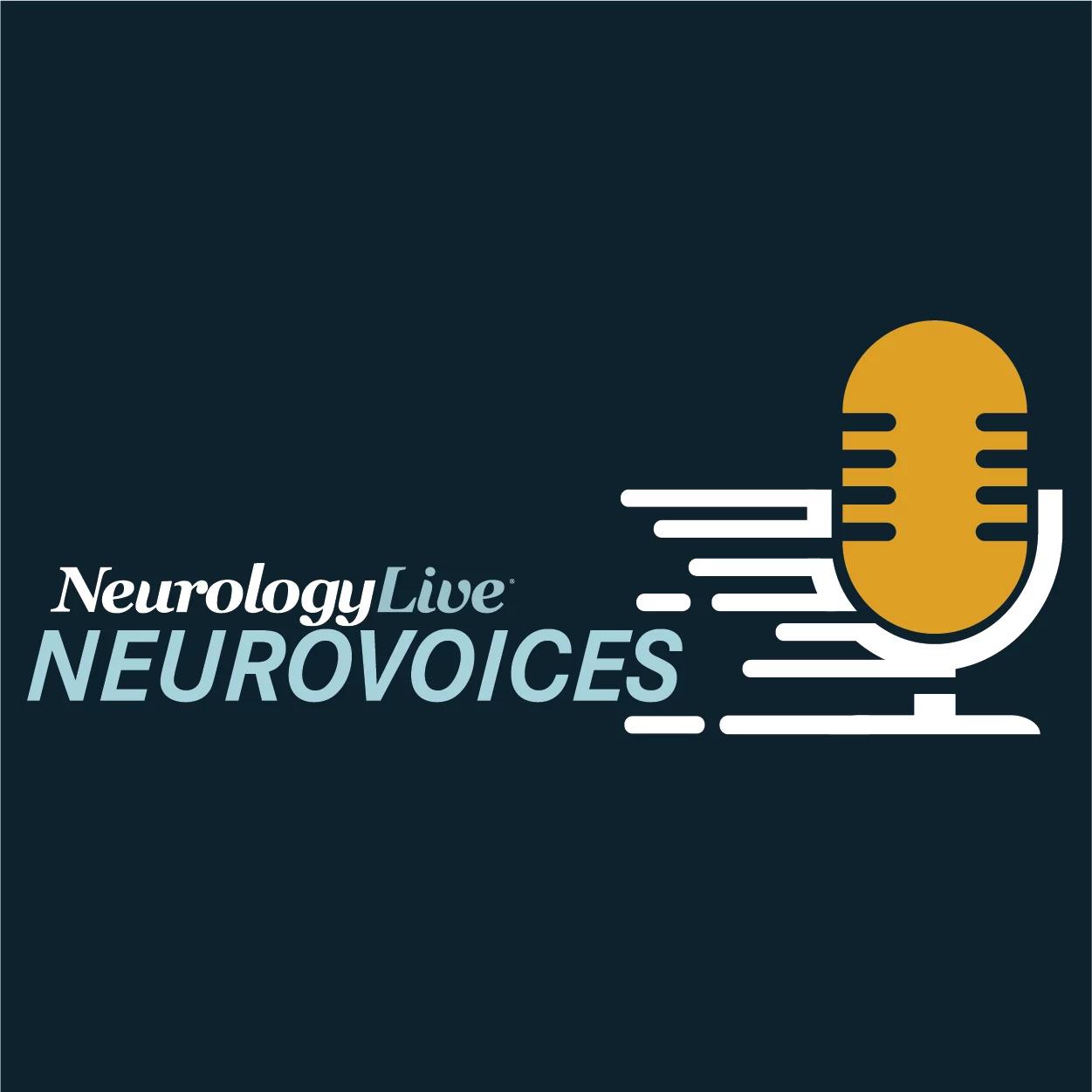News
Article
FDA Approves Eli Lilly's Donanemab for Early Symptomatic Alzheimer Disease
Author(s):
The approval of donanemab marks the third antiamyloid therapy to gain the FDA's greenlight, following the conditional approval of aducanumab in 2021, and lecanemab in 2023—although aducanumab no longer remains on market after it was removed earlier this year.
R. Scott Turner, PhD, MD, FANA, FAAN

Less than a month following a positive recommendation from the FDA’s Peripheral and Central Nervous System Drugs Advisory Committee, the agency has approved Eli Lilly and Company's donanemab, a 350 mg/20 mL once-monthly injection for IV infusion, for the treatment of adults with early symptomatic Alzheimer disease (AD). Marketed as Kisunla, donanemab is available to patients with mild cognitive impairment (MCI) as well as those with the mild dementia stage of AD, with confirmed amyloid pathology.1
Considered the third approved antiamyloid therapy, donanemab is the first and only medication with evidence to support stopping treatment when amyloid plaques are removed, which can result in lower therapy costs and fewer infusions. Following the removal of aducanumab (Aduhelm; Biogen) from market earlier this year, the class of antiamyloid therapies available for patients with early-stage AD now entails donanemab and lecanemab (Leqembi; Eisai).
"I agree with the FDA decision today regarding approval - the efficacy and safety of donanemab for individuals with MCI or mild dementia because of AD is proven. Results are similar to those obtained with another recently-approved anti-amyloid monoclonal antibody - lecanemab," R. Scott Turner, PhD, MD, FANA, FAAN, the director of the Memory Disorders Program at Georgetown University, told NeurologyLive®. "We now await a decision regarding coverage of donanemab by Medicare (CMS) and other third-party payers. Assuming this follows in the near future, clinicians and eligible patients will have a choice of possible treatments - with lecanemab or donanemab."
"A more competitive landscape for MCI and AD treatments may also lead to price competition - thereby permitting greater access to treatment for the millions of affected individuals in the US and around the world," Turner added.
Donanemab's approval was supported by data from TRAILBLAZER-ALZ-2 (NCT04437511), a large-scale, phase 3, double-blind, placebo-controlled trial that featured 1736 patients with early-stage AD who received either donanemab (n = 860) or placebo (n = 876) every 4 weeks for up to 72 weeks. Spanning across 277 medical sites in 8 countries, the primary outcome of the study was least-square mean (LSM) change in integrated Alzheimer Disease Rating Scale (iADRS) score, with lower scores indicating greater impairment. The study comprised of patients with either low/medium tau pathology (68.1%; n = 1182) or high tau pathology (31.8%; n = 552). Of note, it excluded those with no/very low tau.2
Anne White

"Kisunla demonstrated very meaningful results for people with early symptomatic AD, who urgently need effective treatment options. We know these medicines have the greatest potential benefit when patients are treated earlier in their disease, and we are working hard in partnership with others to improve detection and diagnosis," Anne White, executive vice president and president of Lilly Neuroscience, Eli Lilly and Company, said in a statement.1 "Our deepest thanks to the patients and their loved ones for participating in our clinical programs and to Lilly scientists and collaborators persevering over decades of research. Each year, more and more people are at risk for this disease, and we are determined to make life better for them."
In the low/medium tau population, LSM change from baseline in the iADRS score at 76 weeks was –6.02 (95% CI, –7.01 to –5.03) in the donanemab group and –9.27 (95% CI, –10.23 to –8.31) in the placebo group, resulting in a 35.1% (95% CI, 19.90-50.23) slowing of disease progression. The impacts were less pronounced in the overall population, with between-group score differences of 2.92 (95% CI, 1.51-4.33; P <.001), representing a 22.3% (95% CI, 11.38-33.15) slowing of disease progression.
TRAILBLAZER-ALZ-2 was a follow-up to the phase 2 TRAILBLAZER-ALZ study (NCT03367403), which served as the basis for the original biologics license application of donanemab. That application was met with a complete response letter, with the FDA requesting data from at least 100 patients who received a minimum of 12 months of continuous treatment with donanemab.3 At the time, the agency indicated that the data to meet the exposure expectation would likely need to include unblinded safety data from TRAILBLAZER-ALZ-2 upon completion.
TRAILBLAZER-ALZ, which began in 2017, met its primary end point, with donanemab slowing decline on the iADRS by 32% compared with placebo at 18 months. The company claimed improvement on all secondary end points of cognition and function, although not all were statistically significant. In addition, amyloid-related imaging abnormalities (ARIA), a concern for antiamyloid therapies, were found in 27% of treated patients, with 6% becoming symptomatic. The study included more than 100 patients; however, it was designed so that patients would complete the treatment course once they reached a predefined level of amyloid plaque clearance.4
TRAILBLAZER-ALZ-2 originally began as a phase 2 study but was enlarged to a phase 3 registrational study. The primary outcome, change in iADRS, was judged using a disease-progression model, rather than solely on change at the final time point. Within the low/medium tau population, investigators observed between-group differences of –0.67 (95% CI, –0.95 to –0.40; 36.0% slowing of clinical progression) for CDR-SB, 1.83 (95% CI, 0.91-2.75; 39.9% slowing of clinical progression) for ADCS-iADL, and –1.52 (95% CI, –2.25 to –0.79; 32.4% slowing of clinical progression) for ADAS-Cog13, at week 76. In this same cohort, donanemab-treated patients had a 38.6% (HR, 0.614; 95% CI, 0.471-0.800; P <.001) lower risk of progression to the next clinical stage on CDR-Global over the 76-week treatment time frame.
These data, presented at the 2023 Alzheimer’s Association International Conference (AAIC), further highlighted the therapy’s impact on relevant AD progression. At 76 weeks, brain amyloid plaque levels decreased by 88.0 centiloids (95% CI, –90.20 to –85.87) with donanemab treatment and increased by 0.2 centiloids (95% CI, –1.91 to 2.26) in the placebo group in the low/medium tau population. In this group, 80.1% (95% CI, 76.12-83.62) of donanemab-treated patients achieved amyloid clearance by week 76 whereas no patients on placebo achieved the same. In terms of plasma phosphorylated tau (p-tau)217, an exploratory outcome, investigators observed differences of –0.25 (95% CI, –0.28 to –0.22; P <.001) tau standardized uptake value ratio (SUVR) in the low/medium tau population relative to placebo and –0.22 (95% CI, –0.24 to –0.20; P <.001) in the combined population at 76 weeks.5
Howard Fillit, MD

In TRAILBLAZER-ALZ-2, donanemab demonstrated a safety profile that was similar to phase 2 findings and consistent with class effects observed with amyloid plaque-lowering therapies. In total, 24% of patients experienced ARIA-E, with most ARIA-E events found to be largely mild to moderate radiographically. In terms of timing, ARIA-E first occurred after receiving up to 3 donanemab infusions in most cases (58%). First ARIA-E events radiographically resolved in 98% of participants, with a mean resolution time of around 10 weeks. Of note, 6% of patients on active treatment experienced recurrent ARIA-E.
The therapy was also assessed in TRAILBLAZER-ALZ-4, a randomized trial comparing treatment effects to aducanumab, the first approved antiamyloid therapy that was recently discontinued from market. After 6 months of treatment, 37.9% of donanemab-treated patients (n = 71) achieved amyloid clearance vs 1.6% of those on aducanumab (n = 69; P <.001). In the intermediate tau subpopulation, 38.5% of donanemab-treated patients vs 3.8% of aducanumab-treated patients achieved amyloid clearance (P = .008).
"This approval marks another step forward in evolving the standard of care for people living with Alzheimer's disease that will ultimately include an arsenal of novel treatments, providing much needed hope to the Alzheimer's community. As a physician, I am encouraged by the potential to stop treatment, which could reduce out-of-pocket costs and infusion burden for eligible patients," Howard Fillit, MD, cofounder and chief science officer at the Alzheimer's Drug Discovery Foundation, said a statement.1 "Diagnosing and treating Alzheimer sooner than we do today has the potential to meaningfully slow disease progression, giving patients invaluable time to maintain their independence for longer."




